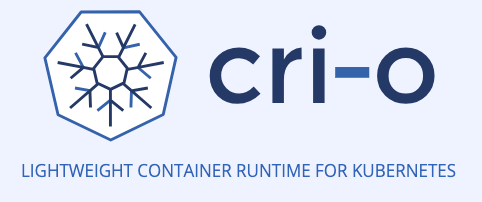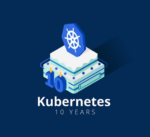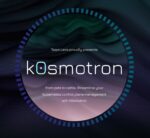
The Cloud Native Computing Foundation has announced the graduation of the CRI-O project, which offers a reliable and high-performing implementation of the Container Runtime Interface (CRI) for the Kubelet.
It also enables the orchestration of Open Container Initiative (OCI) containers in Kubernetes environments used for production purposes.
This graduation signifies that CRI-O has achieved a mature and stable state, demonstrating its readiness and suitability for enterprise-level deployments.
“CRI-O’s simplicity and deep Kubernetes integration as an OCI runtime results in an enterprise-ready runtime that is secure by default and efficient to operate at scale,” said Tyler Lisowski, IBM Cloud Satellite Lead Architect at IBM. “It enables IBM to run workloads efficiently at scale by reducing the resources required by the container runtime. The streamlined design provides deep visibility into all layers of the stack, which is critical for operating a global large-scale Kubernetes fleet. Its support of various security tools like selinux and seccomp enable CRI-O to run workloads in the least privileged mode is critical for regulated workloads. The community has been exceptional in guiding us on our adoption journey and enhancing the runtime based on trends we have seen with our clients.”
CRI-O is well integrated with the cloud native ecosystem. The project maintainers actively collaborate with the container community within the Kubernetes Special Interest Group (SIG) Node, contributing to the definition of the CRI specification using gRPC, a communication protocol.
In terms of networking resources for pods, CRI-O leverages CNI (Container Networking Interface) for provisioning.
Additionally, CRI-O seamlessly integrates with Prometheus for metrics reporting and OpenTelemetry for tracing purposes, ensuring comprehensive monitoring and observability capabilities. This tight integration with other prominent technologies enhances CRI-O’s functionality and compatibility within cloud native environments.
Additional details on the project are available here.








